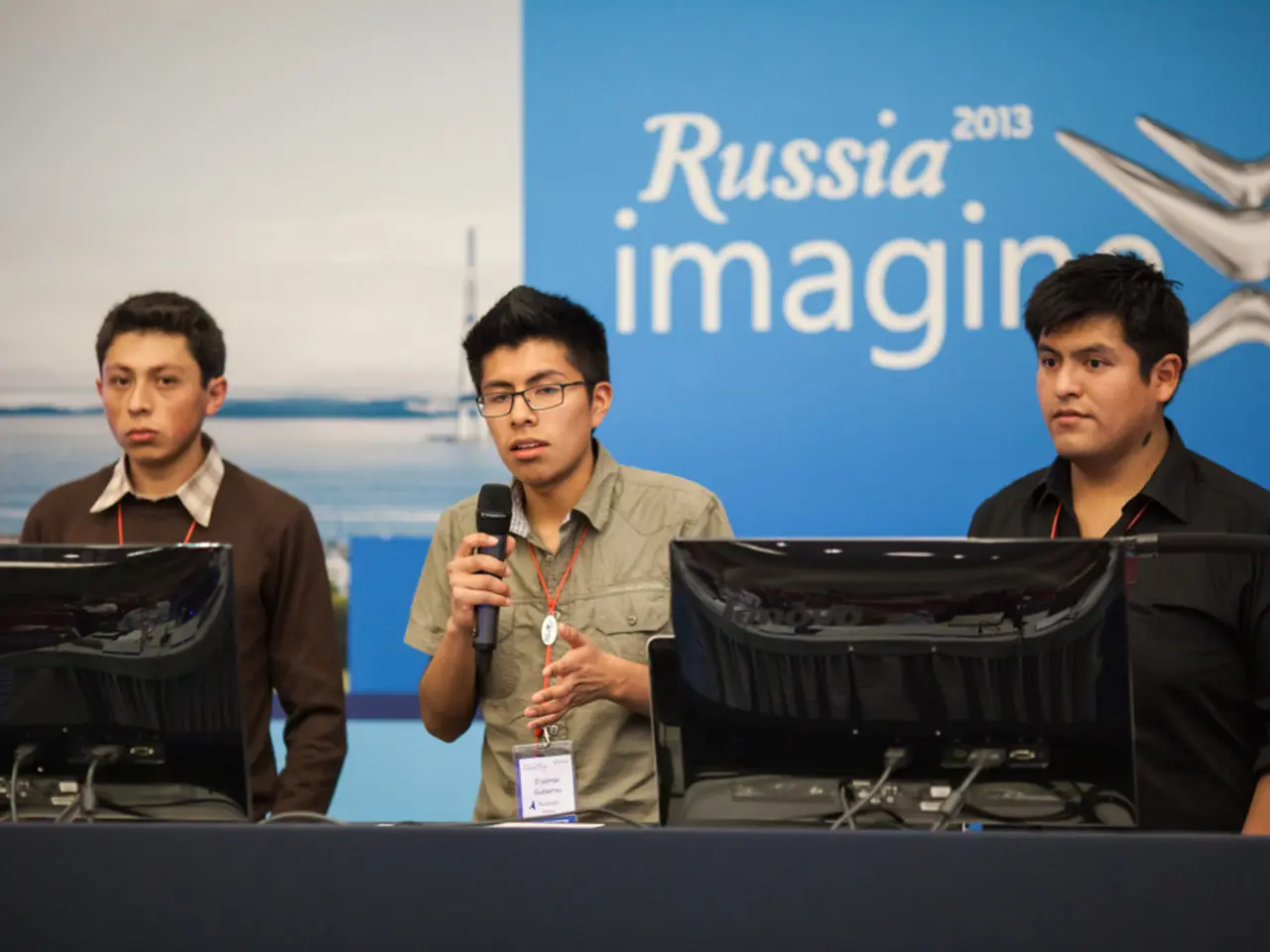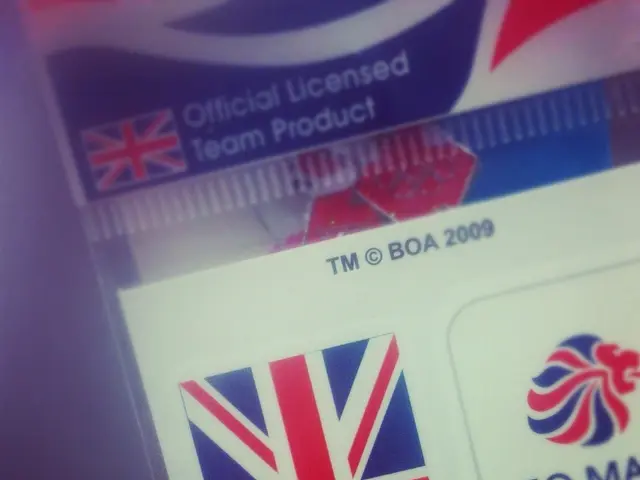Technology industry abandons "Sanity Checks," adopts revised language guide void of potentially offensive terminology
=====================================================================
In the ever-evolving world of technology, a significant focus has been placed on promoting diversity, equity, and inclusion (DEI) within tech communities. This has led to the development and updating of inclusive language guidelines to ensure that the language used is neutral, respectful, and free from potentially offensive terms.
Key developments in this area include:
- The Linux Foundation's 2025 Inclusive Language Guide has expanded its list of banned words to exclude terms such as "Hung," "Pow-wow," "Dummy," and all gendered terms like "manpower" and gendered pronouns like "he" or "she." These changes aim to eliminate ableist, violent, and gendered language, promoting inclusiveness[1].
- Commonly discouraged terms in tech include "master/slave," "hang," "middleman," and words carrying racial, gendered, or exclusionary connotations. Replacements are recommended to avoid negative or offensive implications. For example, "blacklist" and "whitelist" are discouraged due to their racial connotations[2].
- The Alliance for OpenUSD (AOUSD) and the Academy Software Foundation (ASWF) have released an Inclusive Language Guide focused on identifying and replacing non-inclusive terms in codebases and documentation. It provides practical recommendations addressing socially charged language, gendered terms, ableist phrasing, and more[4].
- General principles from broader inclusion guidelines (e.g., University of Surrey’s accessibility guide) recommend using simple, clear, and respectful language, taking an individualized approach based on how people self-identify, and avoiding assumptions. For instance, using plain language instead of jargon, capitalizing hashtags for screen reader accessibility, and using descriptive links rather than generic instructions like "click here"[3].
Examples of terms to avoid and suggested alternatives in tech contexts:
| Term to Avoid | Reason / Context | Recommended Alternative | |---------------------|----------------------------------------|---------------------------------| | Master / Slave | Racially charged, exclusionary | Primary / Secondary, Leader / Follower | | Blacklist / Whitelist | Racial connotations | Blocklist / Allowlist | | Hang | Ableist; refers to "hanging" as death | Pause, Wait, Timeout | | Pow-wow | Cultural appropriation (Indigenous) | Meeting, Discussion, Gathering | | Sanity Check | Ableist implication | Validation, Quick Check | | Dummy | Ableist insult | Placeholder, Sample | | Manpower | Gendered language | Workforce, Staff, Human Resources | | Middleman | Gendered and negative connotation | Intermediary, Facilitator |
These updated guidelines reflect a growing consensus in tech communities to reconsider long-standing terminology to foster more inclusive environments that respect different identities and experiences[1][2][4].
Leaders within organizations are encouraged to model inclusive language and implement communication policies that make internal content accessible to all employees, ensuring equity in participation and understanding across diverse teams[5].
These efforts highlight an ongoing cultural shift in technology, balancing tradition with sensitivity to create welcoming, diverse workplaces.
- The initial version of the Inclusive Language Guide was first published at the Academy Software Foundation in 2021.
- "Dummy" is recommended to be replaced with "placeholder" or "stub."
- The use of terms like "blacklist" and "whitelist" is discouraged.
- The updated guidelines now include phrases used by engineers.
- "Pow-wow" is suggested to be replaced with "meeting" or "huddle."
[1] The Linux Foundation's 2025 Inclusive Language Guide
[2] Tech's Inclusive Language Guide: What You Need to Know
[3] University of Surrey's Accessibility Guide
[4] Inclusive Language Guide for Codebases and Documentation
[5] Modeling Inclusive Language in the Workplace
- In response to the growing emphasis on diversity and inclusion in technology, the Academy Software Foundation and the Alliance for OpenUSD have collaborated on an inclusive language guide for software, aiming to eradicate non-inclusive terms and promote a more welcoming environment for all.
- To align with the focus on promoting inclusivity in tech, leaders are urged to adopt and model inclusive language in their communication policies to ensure that content is accessible and equitable for all employees, regardless of their background or identity.
- As the use of social media and entertainment platforms escalates, embracing inclusive language becomes increasingly essential in these arenas. By steering clear of potentially offensive or exclusionary terms, AI and software can help foster a more diverse and accepting digital lifestyle.




